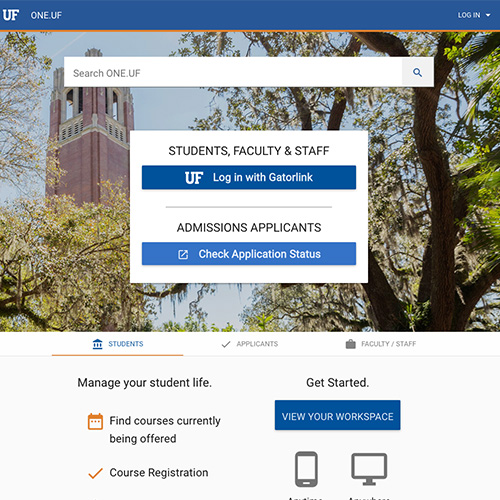FEAP 1 c.- Designs instruction for students to achieve mastery
Printable Version (.pdf)
|
Unsatisfactory |
Developing |
Accomplished |
Exceptional |
| For a unit on ocean life, the teacher really needs more books, but the school library has only three for him to borrow. (D)
The teacher organizes her class in rows, seating the students alphabetically; she plans to have students work all year in groups of four se-lected on the basis of where they are sitting. (D) The teacher gives the students 20 word problems to solve, but only 10 minutes for them to complete it before it is collected for a grade. |
The teacher reviews the project expectations and modifies some goals to be in line with students’ IEP objectives. (D)
The teacher thinks his students would benefit from hearing about health safety from a professional; he contacts the school nurse to visit his classroom. (D) The teacher always lets students select their own working groups because they behave better when they can choose whom they want to sit with. (D) Mrs. Kyle’s students are practicing various Reader’s Theater scripts based on their reading level. A student with fine motor difficulties is working with a partner to record the answers on the reading worksheet. The students are measuring the perimeter of various items in the class. (M) Teacher uses wait time before calling on students. (M) |
The teacher provides her 5th graders a range of nonfiction texts about the American Revolution; no matter their reading level, all students can participate in the discussion of important concepts. (D)
The teacher plans for students to complete projects in small groups; he carefully selects group members based on their ability level and learning style. (D) Students all take the one-minute timing but have various “Mad Minutes” skills page. The teacher carefully assigns the parts of the Reader’s Theater so the struggling reader has shorter lines. Since Kelly has fine motor difficulties, she is digitally recording her responses to the assigned reading text. Teacher engages students in “Believe it or Not” when presenting information about the American Revolution. (M) The teacher says, “Your History homework is to answer any five of the questions you’d like.” Teacher uses wait time before calling on students to share their response with a partner. (M) The teacher circulates and supports students as they are doing a worksheet to practice using polynomials while a few students review by watching a lesson on Khan Academy. (M) Some students are measuring the perimeter of various items in the class while the teacher works with a small group that was struggling with the concept yesterday. (M) |
Teacher allows ELL students to write a first draft in their native tongue to get fluency and cohesiveness of ideas.While other students are revising and editing, ESL students can translate into English. Students are in pairs giving each other their individualized spelling tests.
The teacher lets students choose their scripts and then carefully monitors the students’ choice of character so the struggling reader has shorter lines. Some students are given outlines to follow during the lesson. After studying the parts of speech, the students are asked to write an argument why adjectives are more important than adverbs and vice versa. (M) Students work in cooperative groups to design a flowchart for performing long division. (M) After studying the Civil War, a reenactment participant is visiting the class. (M) The teacher supports some students with measuring the perimeter of items in the class, some students are playing a game with perimeter on-line and others a designing a perimeter game for their peers. (M)
|
Where noted, examples based on:
“(D)” – Danielson C. (1996). Enhancing professional practice: A framework for teaching. Alexandria, Va: Association for Supervision and Curriculum Development.
“(M)” – Marzano, R. J. (2007). The art and science of teaching: A comprehensive framework for effective instruction. Alexandria, Va: Association for Supervision and Curriculum Development.
Additional Resources to assist evaluators:
Mastery Learning description and select resources:
http://www.lauracandler.com/strategies/masterylearning.php
Article describing Mastery Learning. Includes lesson examples:
A Mastery-based assessment plan with accompanying materials:
http://www.edutopia.org/stw-college-career-stem-assessment
26 Strategies to assist ELL students with Mastery of the content:
http://www.champaignschools.org/ESL/la30hr/instructionalstrategies.htm
Extensive Skills database to assist K-12 students in Mastery of math content:




